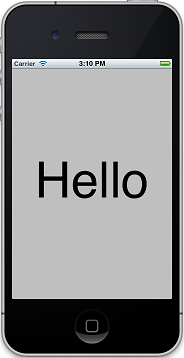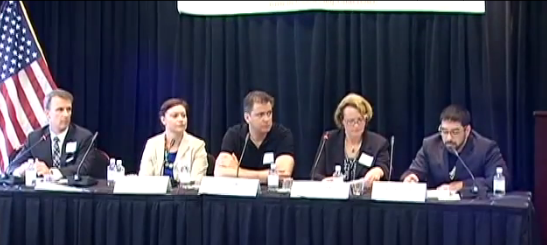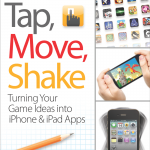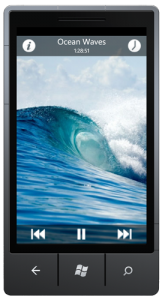My latest purchase from Apple is the 27″ Thunderbolt Display and it has inspired me to write this article. It’s the most beautiful piece of crap I’ve ever purchased. And by that I mean, the display is beautiful but the audio is total crap. In this video, I’m playing a simple tone of a constant frequency so you can hear all the lovely artifacts:
If I wanted snap, crackle, and pop then I’d spend a buck on some rice krispies but this is completely unacceptable for a $1,000 computer monitor. How could Apple who is known for revolutionizing the way we purchase music, release a product that can’t even play audio without distortion? I’ve determined that it happens if you plug anything into the USB ports on the monitor. I’ve joined this rather large thread of unhappy customers. Thankfully I’m still within 14 days of receiving this purchase so it’s getting returned to my local retail store. I’m hoping the next Thunderbolt display either fixes the problem or they just remove the speakers altogether and make the price cheaper.
I also picked up a couple Mac Minis this year. I needed a new workstation as my iMac was getting slow when trying to compile apps using the latest Xcode. I came really close to dropping $3,000 on the 15″ Retina MacBook Pro but I kept reading about lagging and ghosting issues. No thanks I’ll wait for v2. So instead, I bought a high-end Mac Mini with fusion drive and 16 GB of RAM. This seems to be a better option than buying a Mac Pro desktop. Apple just doesn’t seem to care about the Mac Pro. It hasn’t had a real update in a long time and it still doesn’t support Thunderbolt. Maybe next year the Mac Pro will get a real update but for now the only desktops Apple cares about is iMac and Mac Mini. I’m sure there are plenty of Xcode and Final Cut Pro folks like myself that still appreciate the power of desktop computers.
The other Mac Mini I purchased was to replace my OTA DVR which runs Windows 7 Media Center. The small footprint and quietness of the Mac Mini makes it a great HTPC DVR but I’ve noticed it has been skipping with HD video playback. I can’t confirm it’s the Intel HD 4000 chipset but that would seem the likely suspect given my last HTPC never skipped video and had a slower processor. I hope the future Mac Mini’s include a higher-end graphics card.
The iPhone 5 was another purchase and overall it’s really fast compared to my previous iPhone 4. Apple’s A6 processor combined with Verizon LTE makes it the fastest phone I’ve ever owned. But if I was going to get picky, and I am, I really wish they would have made the screen even bigger. I know the design is made so you can easily touch any part of the device with one hand. But not all hands are the same size so why not give guys like me an XL model? Apple needs to start competing with the bigger Android devices that are making me want to switch from iOS–This includes the Samsung Galaxy S III w/ 720P display and Verizon DNA with 1080P display. But my biggest complaint is that the iPhone has never been able to go a full day on a single charge. Instead of making it thinner, can we please just add a bigger battery? Maybe this will be the big feature of iPhone 6.
I also picked up an iPad 4 to replace my iPad 2. The Retina display looks amazing. But there is something I like better when holding the iPad 2. It’s thinner and lighter. Maybe the iPad 5 will get it right.
So there you have it–Major issues with Thunderbolt and Mac Book Pro with Retina display combined with annoyances of the Mac Mini, iPad 4, and iPhone 5. I’m hoping next years revisions get it right.





